Introduction
The Small Taxpayer Safe Harbor and the De Minimis Safe Harbor are two simplified methods for accounting for business expenses that are available to small businesses. These safe harbors can help businesses to save time and money on their taxes.
In this blog post, we will first compare and contrast the Small Taxpayer Safe Harbor and the De Minimis Safe Harbor. Then, we will discuss the election to capitalize repairs and maintenance costs, which is a separate election that can be used by businesses of all sizes.
By the end of this blog post, you will have a better understanding of the different options available to you and which elections are best for your business.
Small Taxpayer Safe Harbor
The Small Taxpayer Safe Harbor is a simplified method for accounting for business expenses that is available to small businesses. Under this safe harbor, small businesses are not required to capitalize and depreciate certain property with a cost of less than $25,000. This means that small businesses can deduct the full cost of these items in the year they are purchased, rather than depreciating them over a period of time.
To qualify for the Small Taxpayer Safe Harbor, a business must have average annual gross receipts of less than $10 million for the past three tax years. The safe harbor is also available to businesses that are new or have been in operation for less than three years.
De Minimis Safe Harbor
The De Minimis Safe Harbor is a simplified method for accounting for small purchases of tangible property. Under this safe harbor, businesses can deduct the full cost of tangible property with a cost of less than $2,500 in the year it is purchased, rather than capitalizing and depreciating it.
The De Minimis Safe Harbor is available to all businesses, regardless of size. However, businesses that elect to use the Small Taxpayer Safe Harbor cannot also use the De Minimis Safe Harbor for the same property.
Differences between the Small Taxpayer Safe Harbor and the De Minimis Safe Harbor
The main difference between the Small Taxpayer Safe Harbor and the De Minimis Safe Harbor is the threshold amount. The Small Taxpayer Safe Harbor applies to property with a cost of less than $25,000, while the De Minimis Safe Harbor applies to property with a cost of less than $2,500.
Another difference is that the Small Taxpayer Safe Harbor is only available to small businesses, while the De Minimis Safe Harbor is available to all businesses.
Finally, businesses that elect to use the Small Taxpayer Safe Harbor cannot also use the De Minimis Safe Harbor for the same property.
Which safe harbor should I use?
If you qualify for the Small Taxpayer Safe Harbor, it is generally more advantageous to use that safe harbor instead of the De Minimis Safe Harbor. This is because the Small Taxpayer Safe Harbor has a higher threshold amount.
However, if you do not qualify for the Small Taxpayer Safe Harbor, or if you have some small purchases that do not qualify for the Small Taxpayer Safe Harbor, you can still use the De Minimis Safe Harbor to deduct those expenses in the year they are purchased.
It is important to note that both the Small Taxpayer Safe Harbor and the De Minimis Safe Harbor are optional. Businesses are not required to use either safe harbor. If a business does not elect to use either safe harbor, it must capitalize and depreciate all tangible property, regardless of cost.
The election to capitalize repairs and maintenance costs is a separate election from the Small Taxpayer Safe Harbor and the De Minimis Safe Harbor. This election allows businesses to capitalize and depreciate the cost of repairs and maintenance that would otherwise be deductible in the year they are incurred.
The last election at the top of the Schedule C for 2023 is the election to “Capitalize repairs and maintenance costs” is likely to be less useful when a business is first starting out but may be helpful if your business made a lot of money this year but is likely to make less in future years. In order to use this election, a business must attach a statement to its timely filed original federal tax return for the taxable year in which the election is made. The statement must include the following information:
- The business’s name, address, and taxpayer identification number
- The election to capitalize repairs and maintenance costs
- A description of the types of repairs and maintenance that will be capitalized
- The method that will be used to depreciate the capitalized repairs and maintenance costs
Once a business makes the election to capitalize repairs and maintenance costs, it must apply the election to all repairs and maintenance costs that it treats as capital expenditures on its books and records in that taxable year. The election can be revoked for any subsequent taxable year by attaching a statement to the business’s timely filed original federal tax return for that year.
The primary reason most taxpayers would use this election to capitalize repairs and maintenance costs is to increase the business’s taxable income in the current year and reduce its taxable income in future years, when the business depreciates the capitalized costs. This can be beneficial for businesses that expect to make more money and therefore be in a higher tax bracket in future years
Conclusion
The Small Taxpayer Safe Harbor, the De Minimis Safe Harbor, and the election to capitalize repairs and maintenance costs can all be helpful for small businesses, but it is important to understand the different rules and requirements before making a decision. As with any tax decision, you should consult with a tax advisor if you are unsure.




